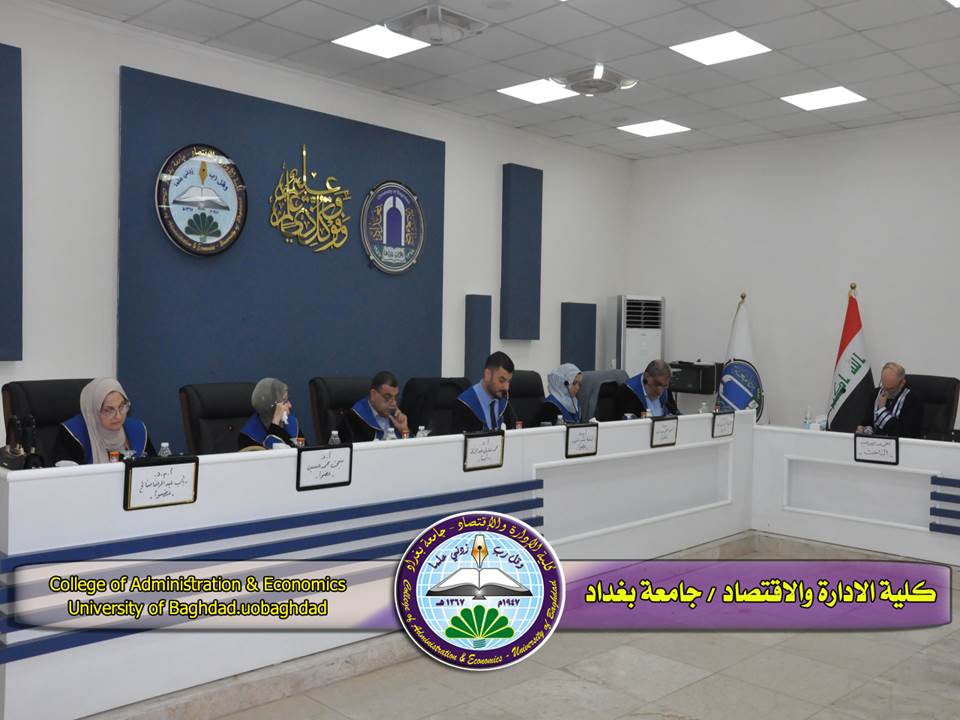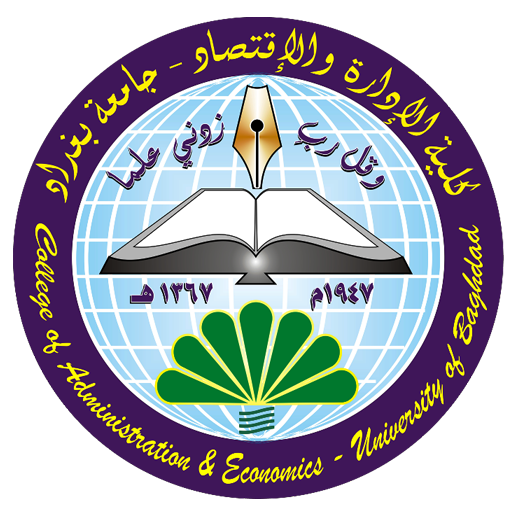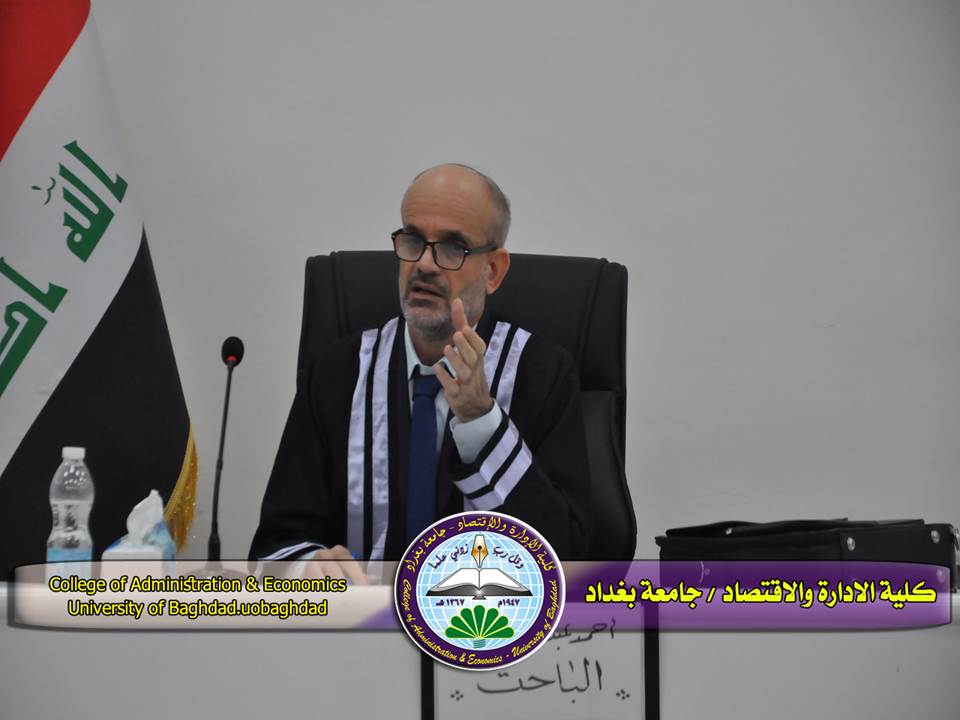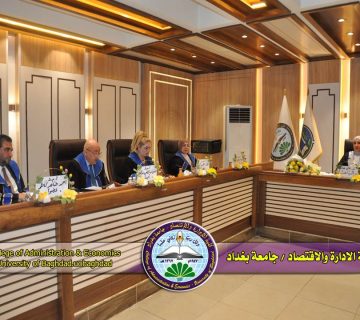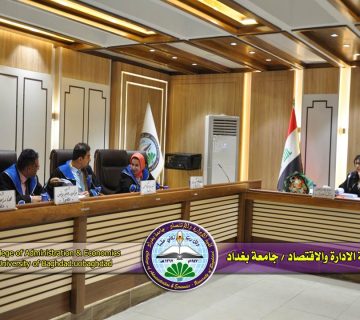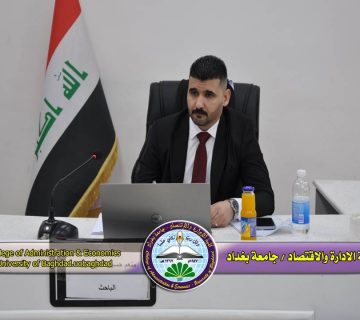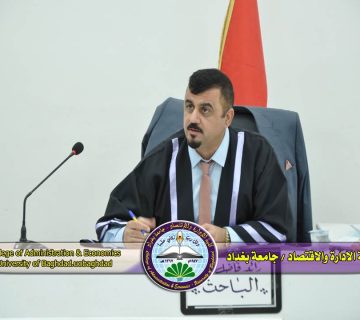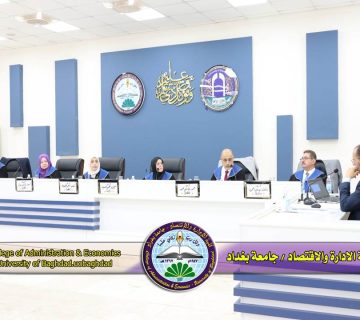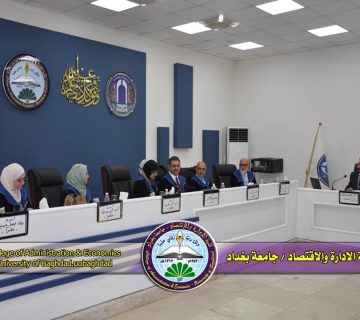he College of Administration and Economics at the University of Baghdad discussed, a PhD dissertation in field of Statistics by the student (Ahmed Abdul Samad ) and tagged with (Semi-parametric regression analysis of Longitudinal data models with a practical application) , Under supervision of (Prof. Dr. Qutaiba Nabil Nayef )
In this dissertation, I found that using a semi-parametric linear partially model for Longitudinal data was effective in my study, I utilized two different approaches to estimate the model, including classical estimates through the Profile Least Square Method, Speckman Method and The Instrument Variable method. The least squares method was engaged to find the parametric component of the model, While kernel smoothing was employed to find the nonparametric component. Two methods were employed for kernel smoothing, including the local linear polynomial estimation method and the Nadaraya & Watson method. In the field of classical estimates, three proposals were suggested. The first two proposals involved using The Spline Smoothing and Penalized B-spline Estimation instead of Kernel Smoothing in Speckman method. The third proposal was employ of the single-index model in the non-parametric component of the Partially Linear Model, While the second approach for the estimates was the Bayesian semi-parametric estimation method for the balanced Longitudinal data.
One of the most important findings of the researcher in the study is that the Bayesian estimation method gave better results than the classical estimation methods at the low variance levels.
while all three proposed methods outperformed the classical methods and and Bayesian estimation method. Employing the Penalized B-spline in the Speckman method was the best among all methods in this study.
Asimulation experiments were conducted to verify the performance of different methods used. The aim was to achieve accurate results under sample sizes and levels of variance different, using the Average mean square error (AMSE).
The best method in the Simulation experimental aspect was applied to two sets of real data. The first group consisted of palm dates production data obtained from the Basra Agriculture Directorate for ten agricultural divisions in the governorate, which represented the cross sections (n = 10) and for the period (2011-2020) represented time series (t=10), The second group of data was the budget data obtained from the unified Arab economic report. It was for ten Arab countries that represented the cross sections (n = 10) and for the period (2011-2020) that represented the time series.
